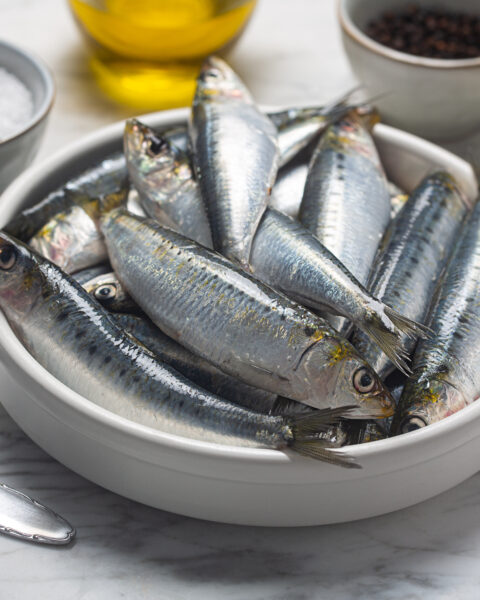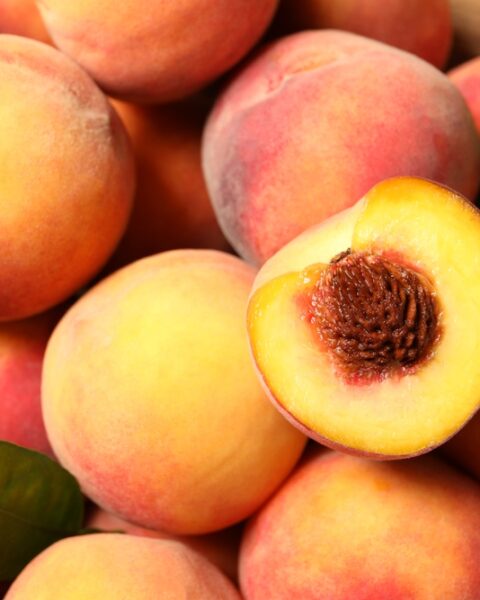Cherries are a delicious treat that many of us enjoy, whether fresh, in desserts, or as part of a savory dish. However, there are quite a few mistakes people tend to make with these little fruits. From choosing the wrong variety to improper storage, these common errors can affect the taste and quality of cherries. Understanding these mistakes and how to avoid them can make a big difference in your cherry experience. Let’s dive into some of the most common mistakes everyone makes with cherries and how you can easily avoid them.
Contents
- 1 Choosing the Wrong Variety for Your Recipe
- 2 Pitting Them Incorrectly
- 3 Forgetting to Check Their Stems
- 4 Poor Freezing Techniques
- 5 Washing Before Storing
- 6 Ignoring Seasonal Availability
- 7 Storing at Room Temperature
- 8 Overripe Cherry Selection
- 9 Neglecting to Dry Cherries After Washing
- 10 Using Unripe Cherries
- 11 Not Considering Organic Options
- 12 Overcooking Cherries in Recipes
- 13 More From RetailShout
- 14 17 Foods That Can Trigger Acne Breakouts
- 15 16 Hassle-Free Weeknight Meals to Make in Under an Hour
Choosing the Wrong Variety for Your Recipe
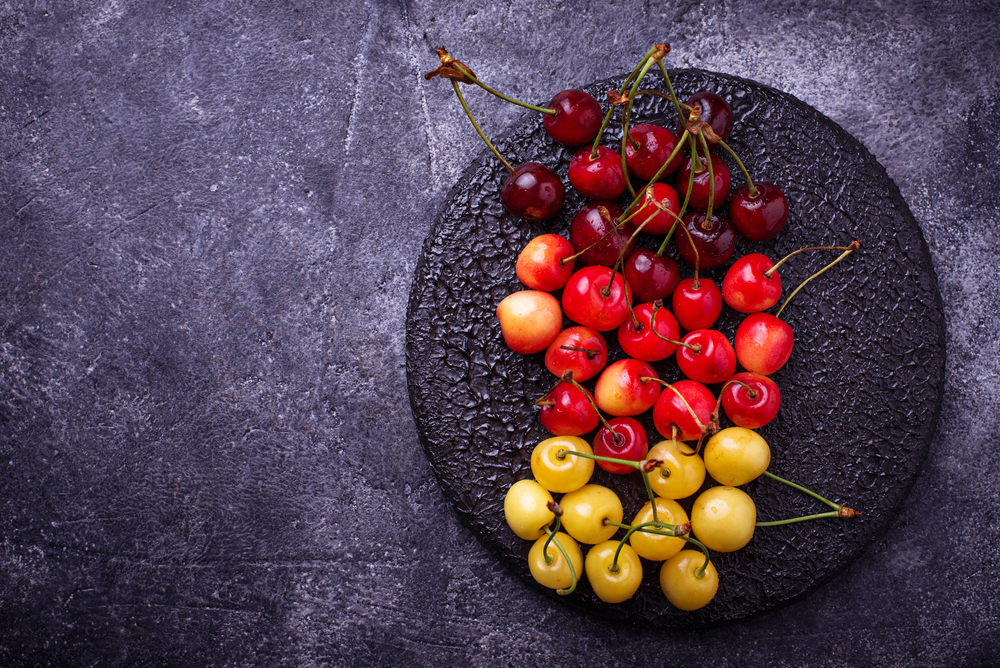
Different cherry varieties serve different purposes. Sweet cherries, such as Bing or Rainier, are best for snacking and eating fresh. Tart cherries, like Montmorency, are ideal for baking and cooking due to their higher acidity. Using the wrong type can alter the taste and texture of your dish significantly. It’s important to know which variety suits your recipe to achieve the desired flavor profile. Experimenting with different types in unsuitable recipes often leads to disappointing results. Understanding the characteristics of each cherry type helps in making informed choices.
Pitting Them Incorrectly
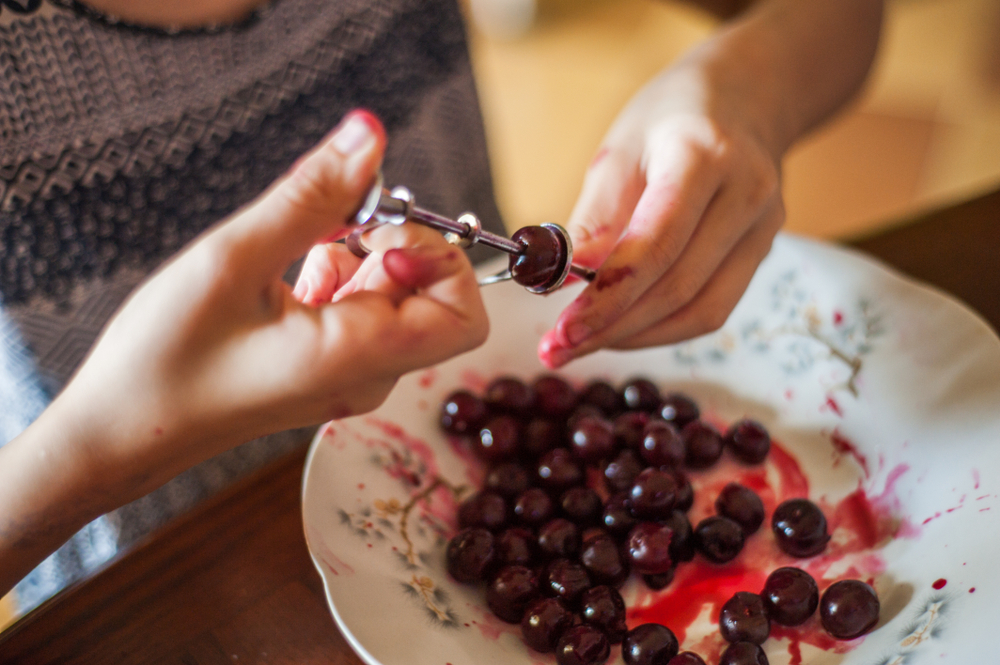
Pitting cherries without the right tools can be frustrating and messy. Using a cherry pitter makes the process quicker and more efficient. Many people try to pit cherries with knives or other improvised tools, which can damage the fruit and make it less appealing. Properly pitted cherries are crucial for maintaining the integrity of the fruit in recipes. Ensure you’re pitting them carefully to avoid losing juice and making a mess. Investing in a good pitter can save time and effort.
Forgetting to Check Their Stems
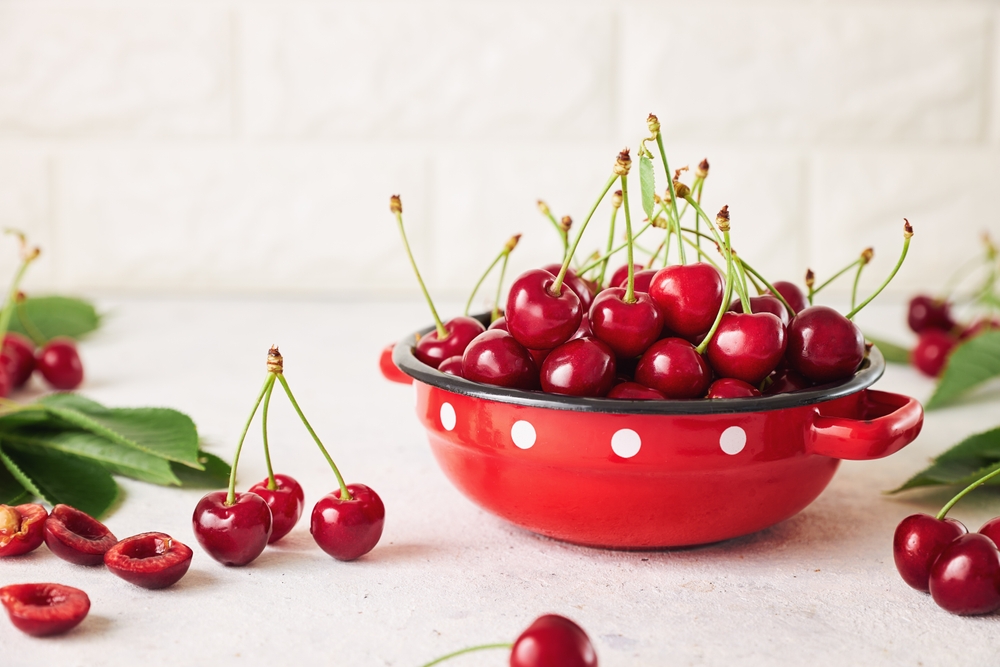
Cherries with green, flexible stems are fresher and of higher quality. Ignoring the stems can lead to buying overripe or spoiling cherries. Always check the stems when purchasing to ensure you’re getting the freshest fruit available. Brown or brittle stems indicate that the cherries are past their prime. Paying attention to this detail can greatly enhance your cherry experience. Fresh cherries not only taste better but also last longer.
Poor Freezing Techniques
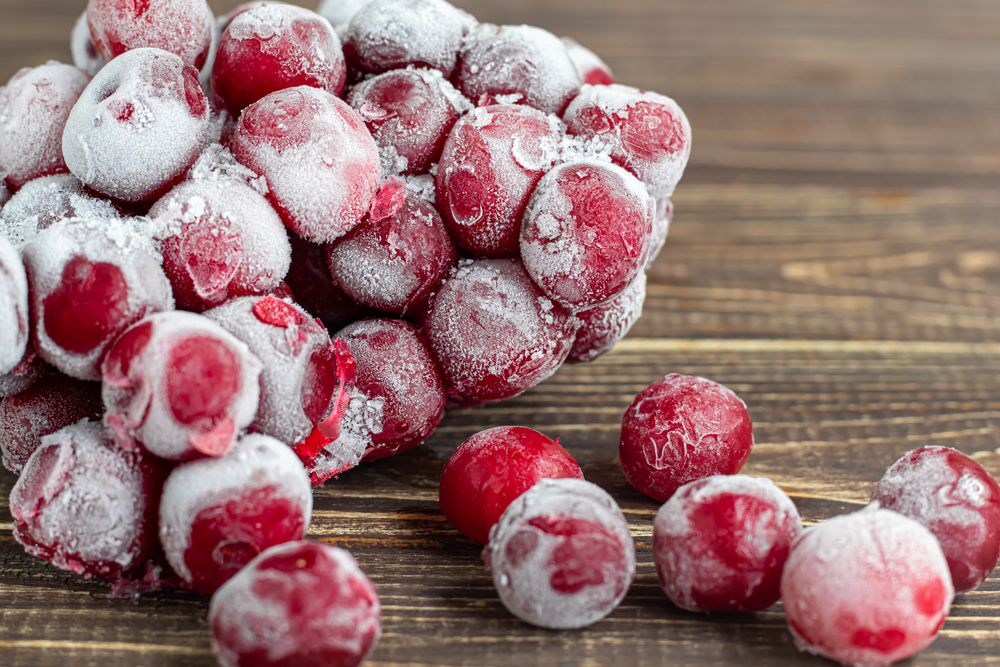
Freezing cherries improperly can lead to freezer burn and loss of flavor. To freeze cherries correctly, wash and dry them thoroughly, then spread them out on a baking sheet to freeze individually before transferring to airtight bags. This prevents them from clumping together and preserves their quality. Labeling the bags with the date ensures you use them within a reasonable time frame. Properly frozen cherries can be a delightful addition to smoothies and baked goods. Take care to avoid air exposure to maintain their taste.
Washing Before Storing
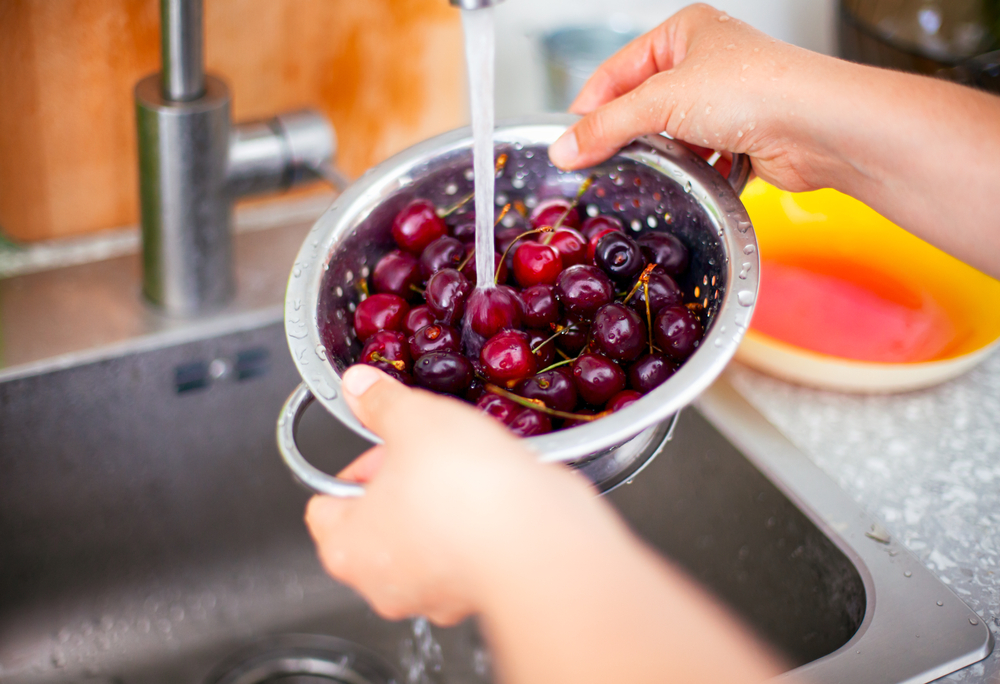
Washing cherries before storing them can accelerate spoilage. The moisture can promote mold growth and shorten their shelf life. Instead, wash cherries just before eating or using them in recipes. Storing unwashed cherries in the refrigerator helps them stay fresh longer. Use a breathable container to maintain air circulation and prevent moisture buildup. This small step can significantly extend the freshness of your cherries. Remember to handle them gently to avoid bruising.
Ignoring Seasonal Availability

Cherries are best enjoyed during their peak season, typically late spring to early summer. Out-of-season cherries are often imported and may lack flavor and freshness. Knowing the right season ensures you get the best quality cherries. During the off-season, consider using frozen cherries, which are picked and frozen at peak ripeness. Seasonal cherries are not only tastier but also more affordable. Plan your cherry purchases around their natural growing cycle for the best results.
Storing at Room Temperature
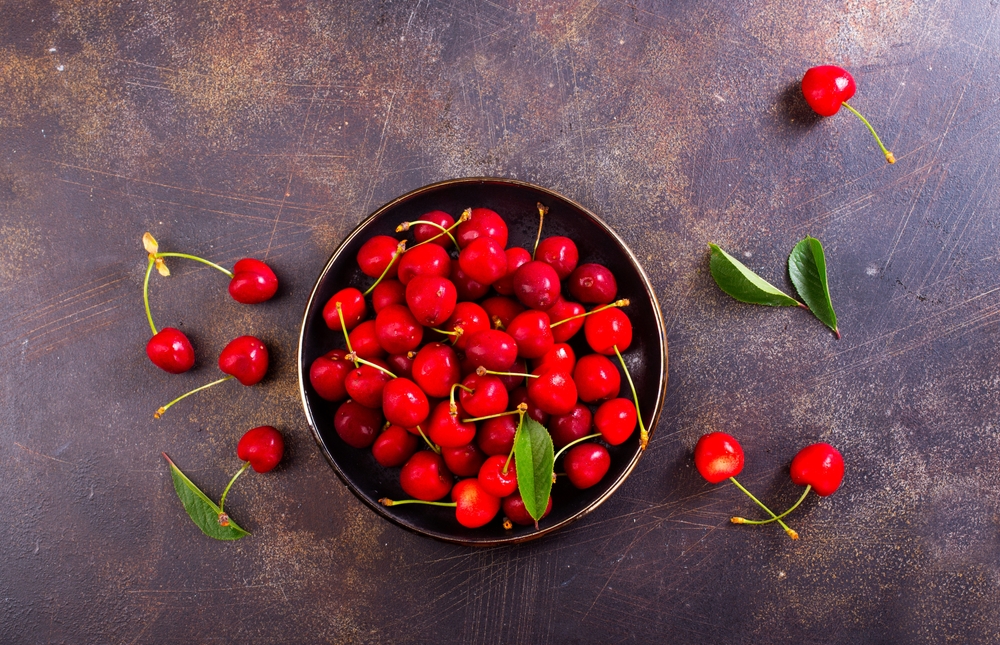
Cherries are highly perishable and should be refrigerated to maintain their freshness. Storing them at room temperature accelerates spoilage and reduces their shelf life. Place cherries in the coldest part of your refrigerator and use them within a few days for the best quality. Proper refrigeration helps preserve their texture and flavor. Avoid placing them near strong-smelling foods, as cherries can absorb odors. Keeping them cold ensures they stay fresh and delicious longer.
Overripe Cherry Selection
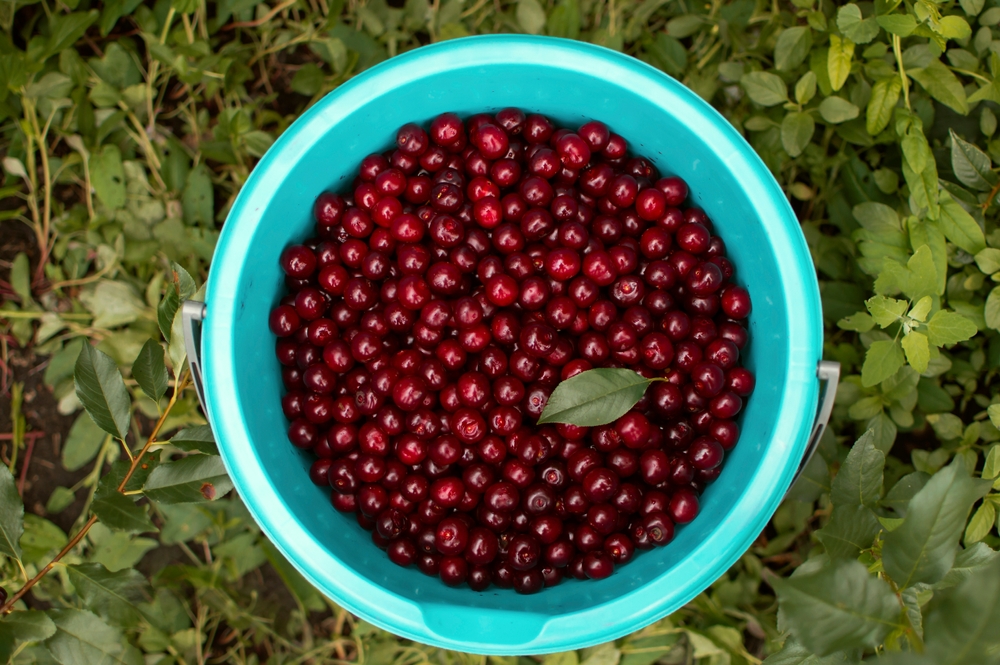
Choosing overripe cherries can lead to a mushy texture and off flavors. Look for cherries that are firm and glossy, with no soft spots or discoloration. Overripe cherries may have fermenting sugars that alter their taste. Selecting the right ripeness ensures the best texture and flavor for fresh eating or cooking. Pay attention to the color and firmness of the cherries. Proper selection enhances the overall quality of your cherries.
Neglecting to Dry Cherries After Washing

After washing cherries, it’s essential to dry them thoroughly before eating or storing. Excess moisture can lead to mold growth and shorten their shelf life. Use a clean kitchen towel or paper towels to pat them dry gently. Properly dried cherries are less likely to spoil quickly. Ensuring they are dry helps maintain their texture and prevents water from diluting their flavor. This simple step enhances the longevity and enjoyment of your cherries.
Using Unripe Cherries
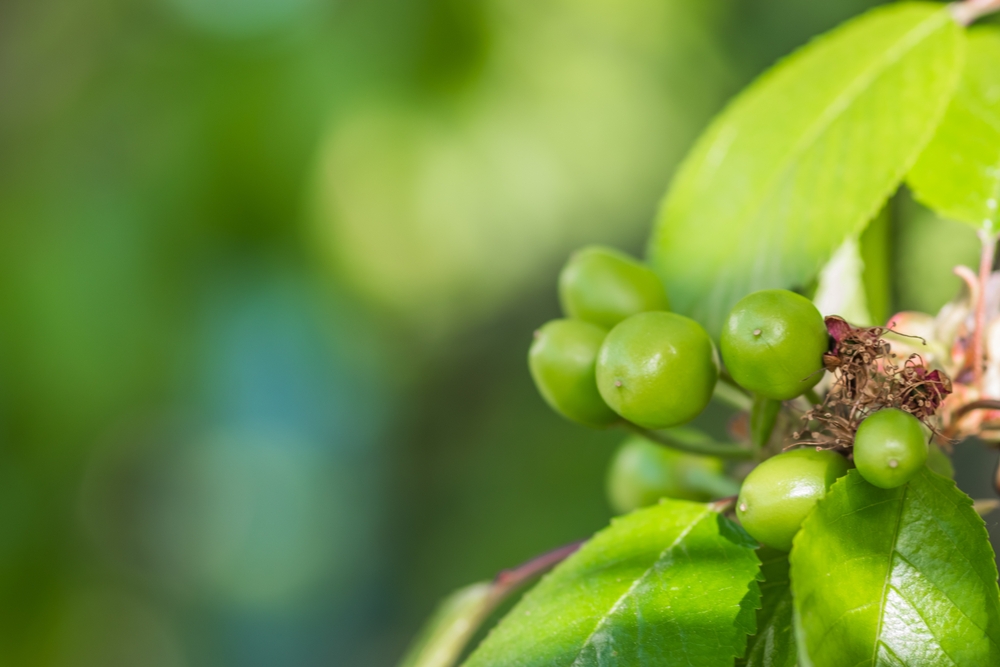
Unripe cherries are often hard and lack the sweetness of fully ripe ones. They can be tart and unpleasant to eat fresh. To avoid this mistake, allow cherries to ripen fully before consumption. Ripe cherries should be plump and give slightly to pressure. Using unripe cherries in recipes can result in less flavorful dishes. Be patient and let them reach peak ripeness for the best taste and texture. This ensures the full enjoyment of their natural sweetness.
Not Considering Organic Options
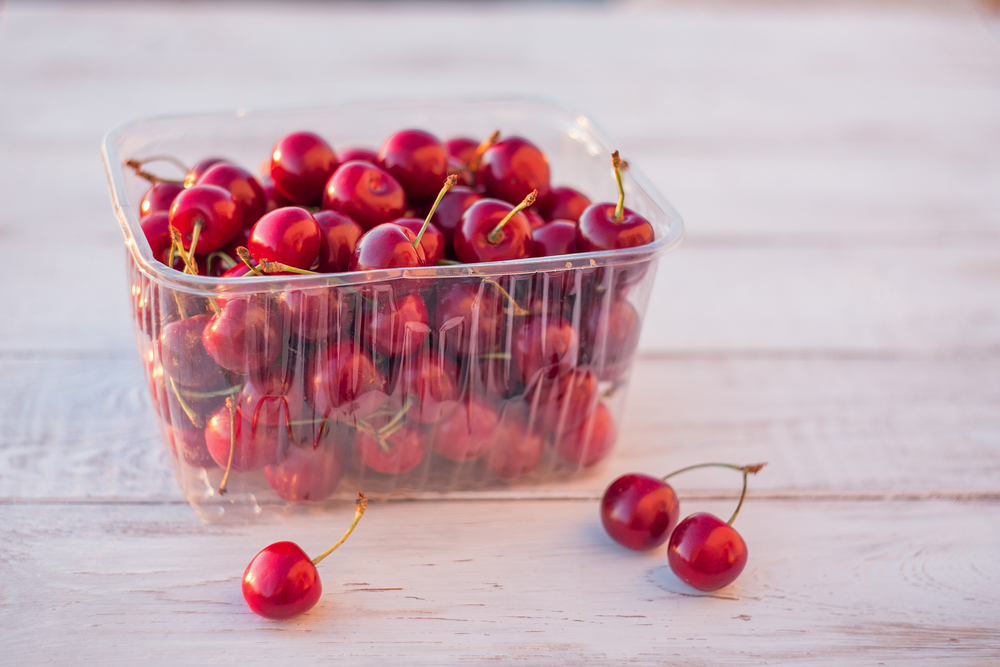
Conventional cherries are often treated with pesticides, which can be harmful if ingested in large quantities. Opting for organic cherries reduces exposure to these chemicals. Organic cherries are grown without synthetic pesticides and fertilizers, offering a safer and often tastier option. While they can be more expensive, the health benefits are worth considering. Look for organic labels or shop at local farmers’ markets. Making informed choices about your cherry purchases promotes better health and environmental sustainability.
Overcooking Cherries in Recipes
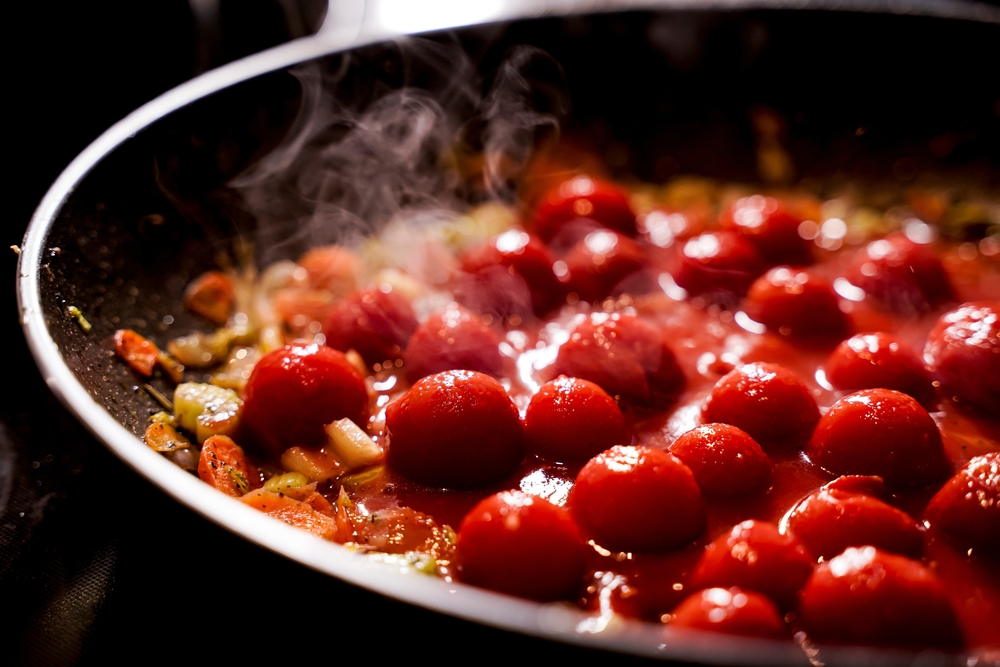
Overcooking cherries can cause them to lose their texture and vibrant color. Whether making sauces, jams, or baked goods, it’s important to monitor cooking times carefully. Overcooked cherries can become mushy and less appealing. Aim to cook them just until they release their juices and reach the desired consistency. Proper cooking preserves their natural flavor and appearance. Pay attention to recipe guidelines to avoid this common mistake.
This article originally appeared on RetailShout
More From RetailShout
16 Ultimate Meals for a Memorable Date Night at Home
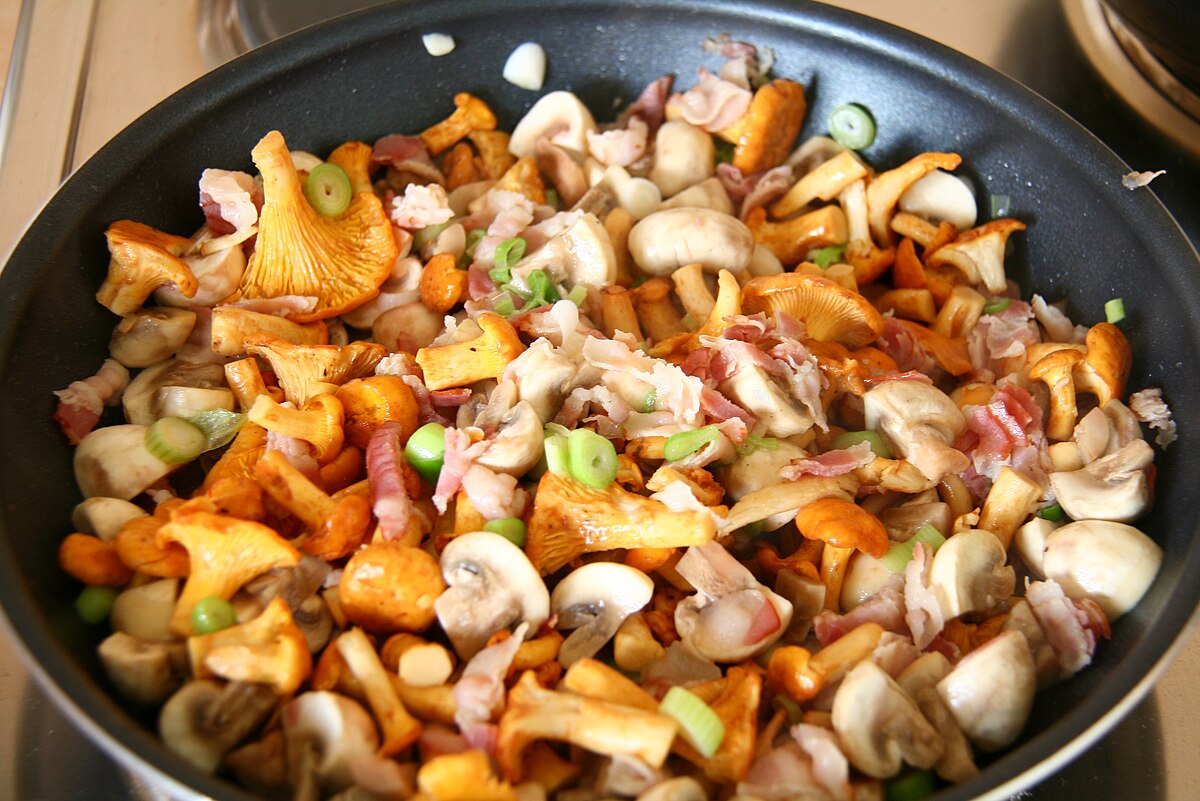
Planning a date night at home can be just as special as going out to a fancy restaurant, and it can often be more intimate and memorable. Imagine cooking a delicious meal together, sharing laughs in the kitchen, and enjoying a homemade feast that rivals any restaurant dish. Read More.
17 Foods That Can Trigger Acne Breakouts

Acne is a common skin issue that affects people of all ages, and while it’s often attributed to hormones and genetics, diet plays a significant role as well. The foods we eat can either support clear, healthy skin or contribute to breakouts that can be frustrating to manage. Read More.
16 Hassle-Free Weeknight Meals to Make in Under an Hour

Weeknights can be hectic, but dinner doesn’t have to be a stress point. Imagine coming home and whipping up a delicious meal in under an hour, from prep to finish. That’s exactly what these 16 recipes offer: tasty, quick, and satisfying dishes that make busy evenings a breeze. Read More.


